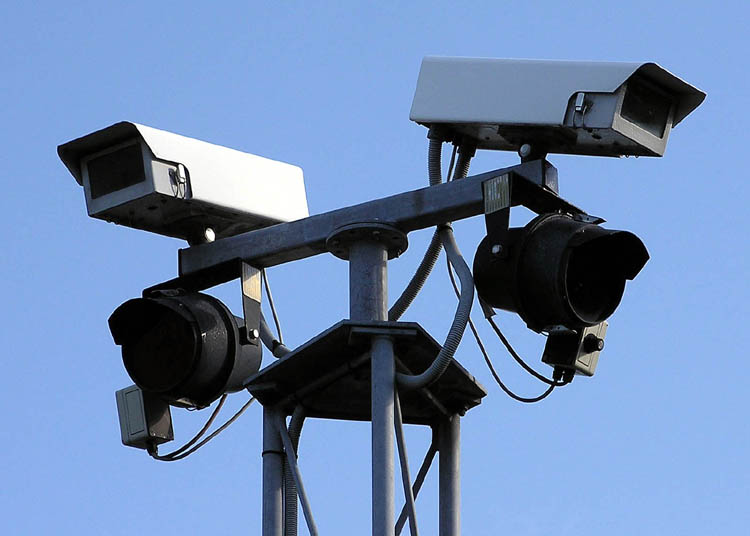The Evolution of License Plate Recognition Technology
License Plate Recognition (LPR) is a technology that was invented in the year 1976 at the Police Scientific Development Branch in the United Kingdom. Today, it has become an integral part of intelligent transportation systems with widespread applications in smart parking, law enforcement, and traffic monitoring. Let’s take a look at the evolution of License Plate Recognition Technology.
How License Plate Recognition Parking works?
Automated License Plate Recognition (ALPR) is an image processing technology that involves the use of Optical Character Recognition (OCR), cameras, and data processors. It is used to read, identify and store images of vehicle registration plates by using closed-circuit cameras, road rule enforcement cameras, or those specifically designed for the purpose.
The camera, which is an important component of the system uses a series of algorithm-driven image manipulation techniques to detect and enhance the image of the number plate. OCR is then used to extract the alphanumeric information of the number plate. The illumination, which in most cases is infrared, controls the intensity of light and allows round-the-clock operations. The frame grabber acts as an interface between the camera and the hardware running the LPR application, allowing the software to read the information contained in the image for processing and storing it.
Evolution of LPR Parking
With technology advancing at a breakneck pace, the components of the LPR parking have immensely improved. Today, the industry has evolved beyond cameras where recognition is possible with sensors and cellular devices.
With high-resolution image sensors and faster data processing capabilities, LPR’s detection accuracy has significantly improved. Advancements in performance hardware have augmented software capabilities, thereby improving post-capture analysis results and real-time activity alerts. Now, the industry is moving beyond traditional cameras; it is now possible to perform ALPR with just a smartphone.
A technology whose use was once restricted to identifying expired vehicle registration and recovering stolen cars is now a centerpiece in smart parking operations across the globe. With LPR cameras installed on enforcement vehicles, officers can receive real-time alerts about lot occupancy, duration of parking, low compliance prone areas, ticketing disputes thereby helping them identify and locate scofflaws and directing drivers to open parking spaces thereby ensuring seamless flow of traffic.
Application
Rapid digitization and enhanced IP-based communication networks have lent multi-dimensionality to LPR’s applications. Apart from finding use in law enforcement, it has found successful applications in the following areas as well:
- Traffic Control: LPR technology can be successfully used to develop traffic control systems by analyzing historical data such as vehicle density along a road, car parking usage. CCTV cameras assist in seamless traffic management by providing real-time data about vehicular flow and speed along various roads so that vehicles can be directed as per entry permit.
- Electronic Toll Collection: The vehicle registration number is used to ascertain the amount of toll and cross-check the ticket.
- Access Control and Speed Maintenance: LPR-enabled cameras have an added advantage over the traditional ones in that they help maintain legally permissible speed over an extended period. Access Control is another area where LPR has found wide usage. Gates in secured areas automatically open for authorized personnel thereby saving valuable human resources. The entry and exit details are logged on the database and can be retrieved as and when required.
The Future of Parking Management
Ensuring parking management by relying on manual checking of vehicles for permits and parking breaches can adversely affect compliance rate and customer convenience. This also leads to an increase in the parking lot’s operating costs.
With the use of License Plate Recognition, facility managers can use historical occupancy statistics and parking patterns to make informed infrastructure investment decisions. A one-time investment in LPR will not only reduce the costs involved in deploying human resources but also assist in enforcing multiple parking rules at once.
In the near future, License Plate Recognition will see the adoption of artificial intelligence and machine learning, which will further enhance scan accuracy. From smartphones, it will become available on other mobile devices. This is a technology that has come to stay.


